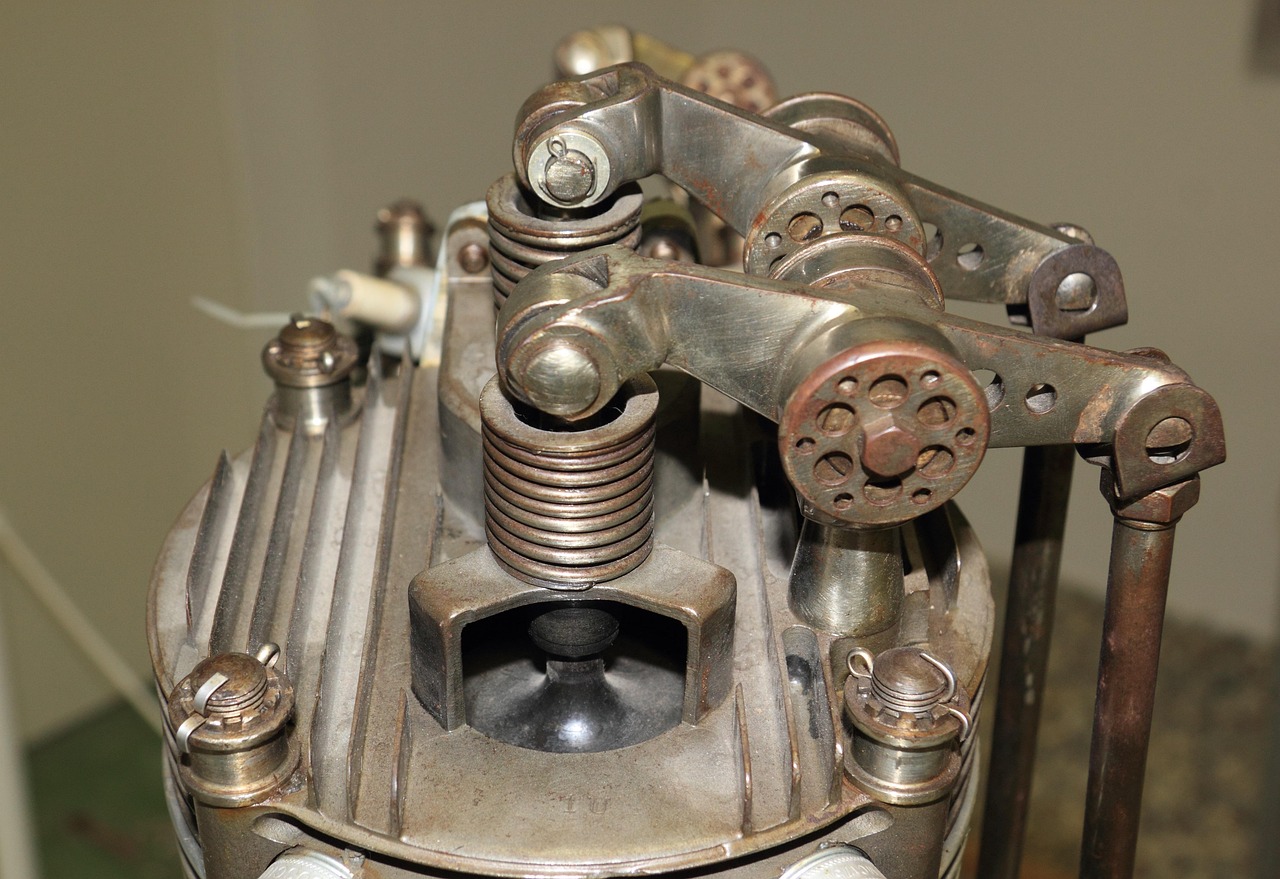Revealing the Intricacies of the Rotary Engine: An Engineering Marvel?
Imagine an engine that defies the convention of the classic piston design, one that promises high power output from a relatively small displacement. This may sound like a futuristic concept, but it has been around for decades. Welcome to the world of the rotary engine, a unique piece of engineering that continues to inspire debate.

The Rotary Engine: A Brief History
The rotary engine, or Wankel engine as it’s commonly known, was invented by Felix Wankel in the 1950s. Unlike traditional piston engines, the rotary engine utilizes a triangular rotor that orbits within an epitrochoid chamber to create combustion. This deviation from the norm was initially hailed as a revolution in automotive engineering, offering a smoother, more efficient power delivery system.
The Mechanics behind the Magic
To understand why the rotary engine was so groundbreaking, one must delve into its unique mechanics. In a traditional piston engine, each cylinder goes through four strokes: intake, compression, combustion, and exhaust. The rotary engine, however, accomplishes all these stages in one rotation of the rotor, leading to a higher power-to-weight ratio. This was a fascinating development in the automotive world, offering a compact yet powerful alternative to the piston engine.
The Rotary Engine Today: Trends and Applications
Despite the initial enthusiasm, the adoption of the rotary engine has been limited. The most famous application can be seen in the Mazda RX-series, with the RX-7 and RX-8 models being the most recognized. However, the rotary engine’s complexity, along with issues of fuel efficiency and emissions, have hindered its widespread adoption.
Yet, rotary engines aren’t entirely out of the picture. They have found niche applications in certain sports cars and even aviation. Recent developments suggest that Mazda hasn’t fully abandoned the concept, with rumors of a new rotary engine model in the pipeline.
The Impact on Automotive Engineering
The rotary engine is a testament to the spirit of innovation in automotive engineering. Despite its drawbacks, it has left an indelible mark on the industry. It serves as a reminder that there are many ways to solve a problem and that sometimes, the unconventional route can offer unique benefits.
While we may not see a widespread resurgence of the rotary engine in everyday cars, its influence lives on. It continues to inspire engineers to think outside the box, pushing the boundaries of what’s possible in automotive design.
Conclusion
The story of the rotary engine is a fascinating journey into the heart of automotive innovation. It provides a glimpse into an alternative engine design that, despite its limitations, continues to captivate car enthusiasts and engineers alike. In the ever-evolving world of automotive technology, the rotary engine stands as a testament to the spirit of ingenuity and the relentless pursuit of performance.




